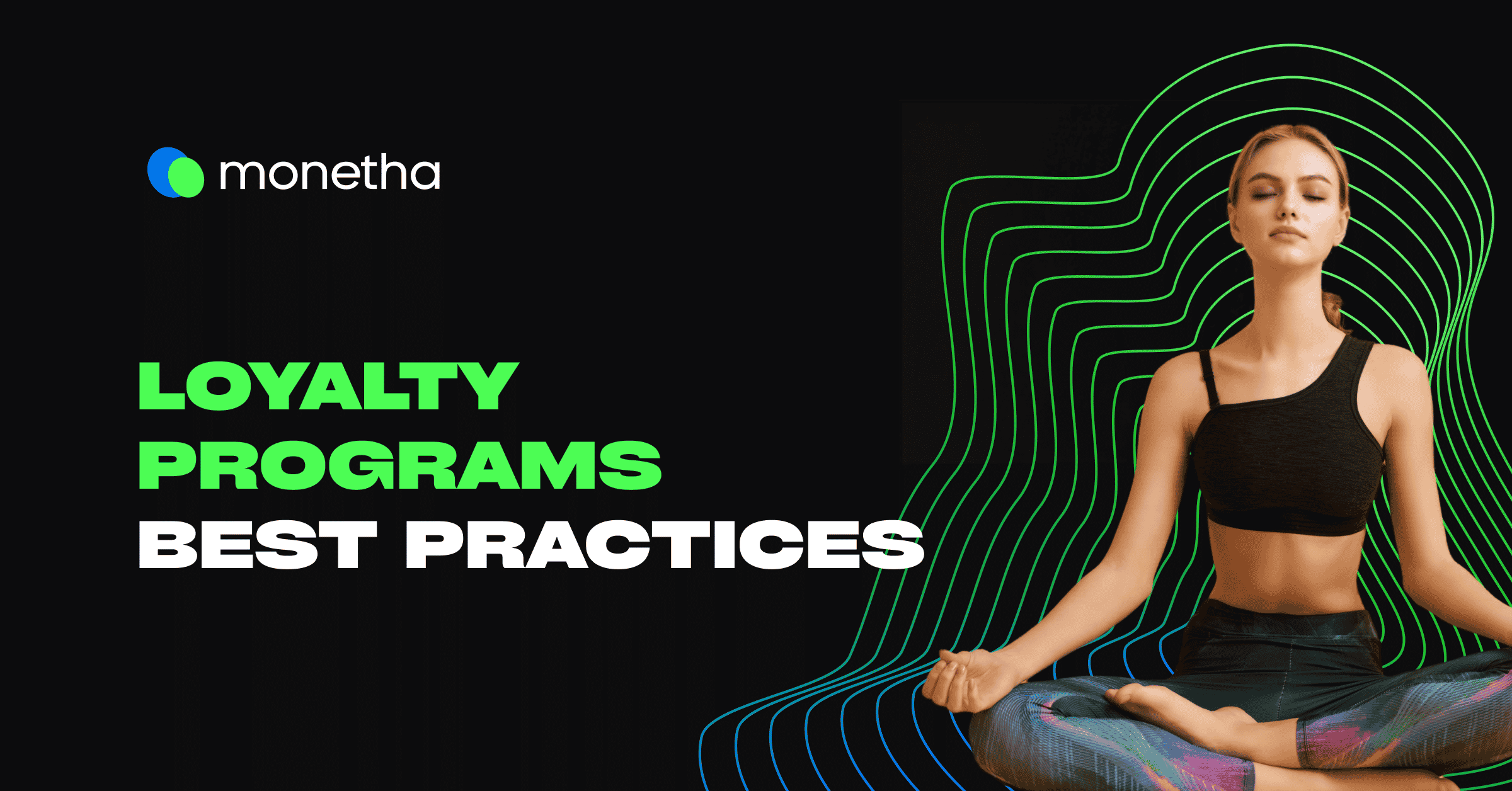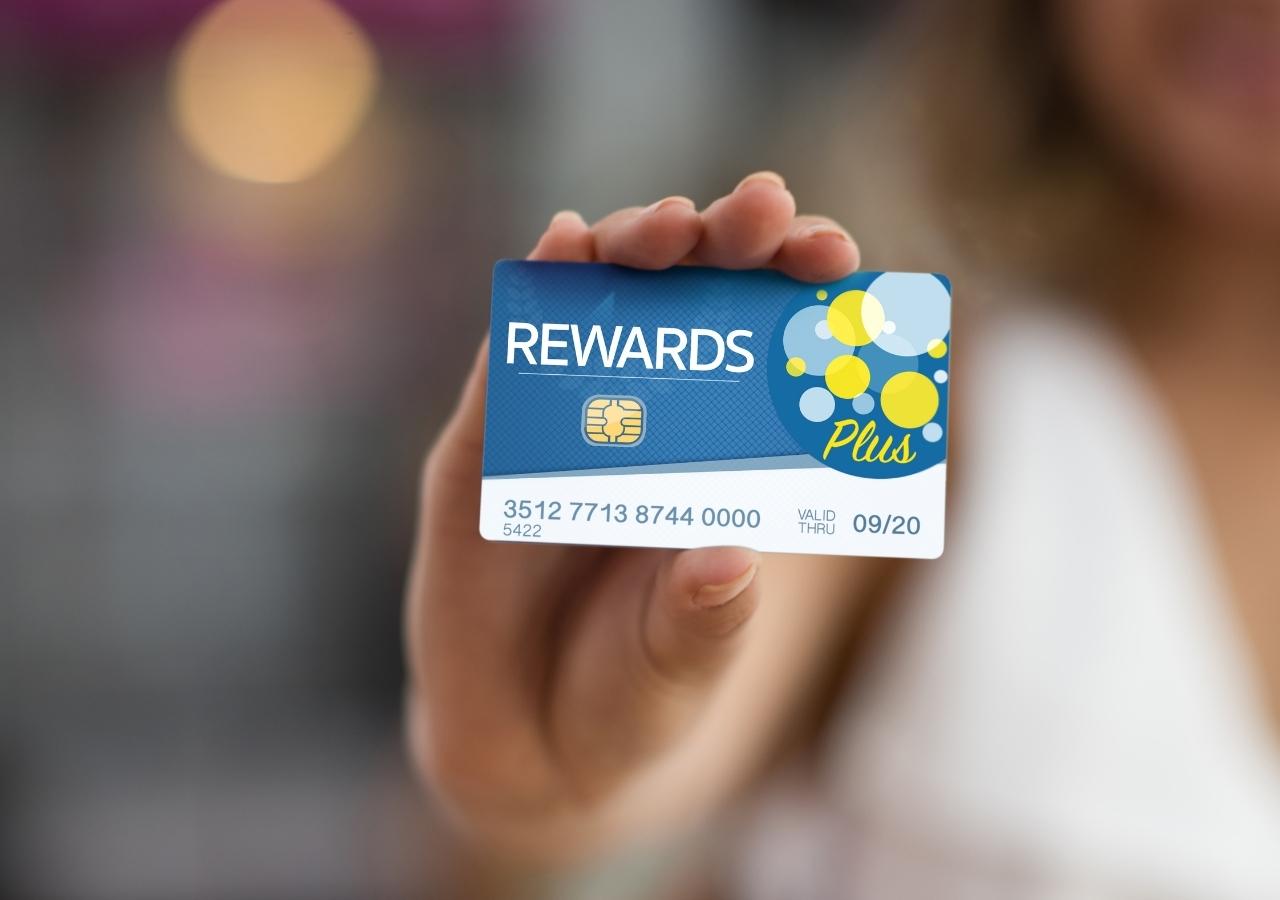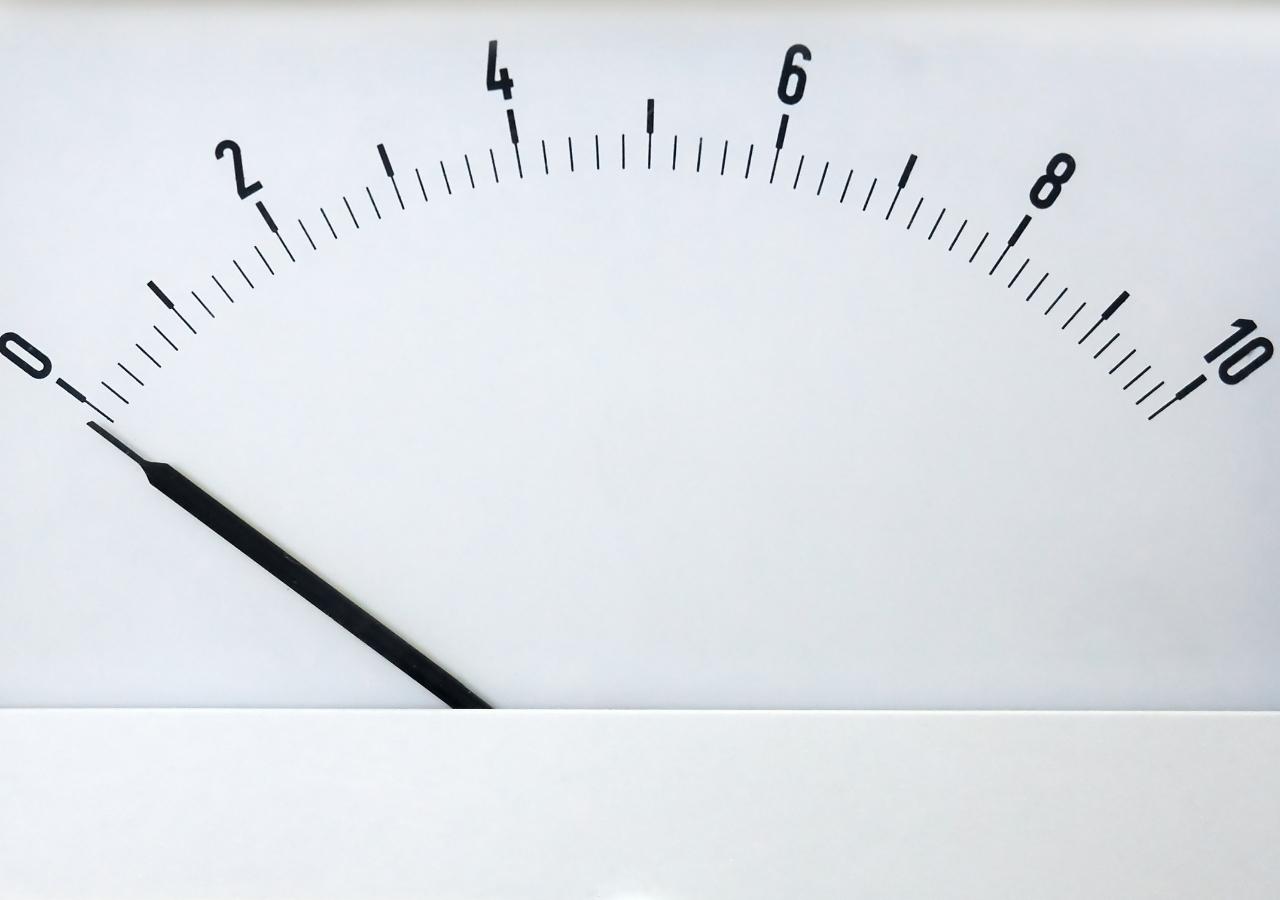3.8 billion — that’s the number of memberships US customers hold in loyalty programs. There’s no question that they are popular with consumers.
These types of programs are a staple of consumer marketing is therefore no surprise. These programs can be a powerful tool for businesses looking to keep their customers happy (learn more about the psychology of loyalty here).
Let’s explore the basics of loyalty programs and learn the best practices that will keep your customers coming back for more.
Ready to dive right into the best practices of loyalty programs?! Then let’s go!
1. Make Et Easy to Join and Use
Your loyalty program strategy should make it easy for your customers to join the program and use it. Customers should be able to sign up and start earning rewards points quickly. The program should also be easy to navigate, with a clear rewards chart and easy-to-use redemption process.
This best practices suggestion encourages your customers to quickly join and engage in a loyalty program. Make it easy to participate as well, allowing transactions from any point of sale system and a hassle-free billing cycle.
2. Evolve and Upgrade
Loyalty rewards programs should constantly evolve in order to keep up with the latest consumer trends. For example, if you notice that many of your customers are using their loyalty program to collect points for free products, then consider adding a new tier of rewards that allows them to redeem their points for a discount on a future purchase, or freely exchange points for another set of products.
You could also change the way you reward your long-term customers. If you use a points system for every purchase, why not explore rewarding social media subscriptions, likes and shares?
This best practices standard rule will help your brand stay in touch with current trends and the changing expectations of your consumers.
3. Explore Company Partnerships
One best practice rule that many businesses are hesitant to try is to open up their loyalty programs to company partnerships. You may worry that doing so will reduce the effectiveness of your program, or that customers will be confused about how the program works.
However, research shows that a coalition loyalty program strategy can lead to an increase in engagement from customers. This is because customers appreciate being able to earn points from more than one source. Additionally, partnering with other businesses can help introduce your customers to new products and services.
Consumers appreciate the flexibility a partnership-based loyalty program offers. Making points and rewards transferable attracts more customers and gives you a better understanding of what your target market is buying.
4. Personalize
Personalize your loyalty program to stand out from the crowd. This can be as simple as sending customers special offers or birthday messages, or it can be more complex, such as tailoring the program to each customer’s preferences. Your rewards program could be used to suit their shopping habits (we’ve talked about this topic here).
Personalization is a best practices rule that shows customers that you appreciate their faith in you. It also keeps customers engaged with your brand, and encourages them to continue participating in your loyalty program.
Some companies structure their loyalty programs into modules, so customers themselves customize the offerings of the rewards program to suit their preferences. It is a customer-driven personalization and could take form in several ways, such as levels of membership, and the option of selecting and using the program through multiple channels, such as mobile apps, online e-commerce sites, and physical stores.
5. Track and Reward Loyal Customers
Customer Relationship Management (CRM software) is a great way to keep track of and reward your loyal customers. CRM makes it easy to identify and track your most loyal customers using customer data through their transaction history and behavior. It also allows you to automate the process of rewarding customers for their loyalty.
When a customer is loyal, your CRM could immediately track their purchases and transactions and quickly reward them. Your customers don’t have to go to customer service or call anyone to receive their rewards; your management groups your loyal customers and identifies them for you.
Using this is not only a best practices rule for your business strategies but also for your brand as a whole. It will make your customers feel appreciated, and such customers are more likely to return and/or recommend your business to others.
6. Offer Excellent Rewards
A loyalty program should offer excellent rewards that appeal and interest your current and existing customers. There are a number of different types of rewards that you can offer as part of a loyalty program. Some of the most popular include loyalty points, free and discounted products or services.
But don’t forget to experiment with different rewards to find out what works best for your loyalty program members.
So, what makes a good reward? Rewards should be relevant to the customer. If they’re not interested in the reward, they’re not going to redeem it. Review customer demands and searches, and see what you could offer to meet them. The rewards should not be expensive, but they should be valuable and be something that the customer would want.
7. Create Emotional Connection
Customers tend to remain loyal to a brand because of an emotional connection to a company or brand. This connection could stem from familiarity or tradition. Smart brands often use this connection as part of their loyalty marketing strategy.
Customers often prefer brands that show the brand cares for their consumers, the environment and have a deeper understanding of their target audience. If your customers consider you to be empathetic and sharing the same values as them, you’d become an integral part of their purchase decisions.
8. Optimize Your Loyalty Programs
Optimizing a customer loyalty program to make it accessible to digital users makes it all the more utilitarian, especially at this time when most people are online using social media and e-commerce sites. Making a loyalty program accessible across several channels increases the chances of a customer buying a product or brand. A seamless omnichannel experience would help you score brownie points with your customer.
Digital optimization makes it easier for your back office systems to track customer engagement and interaction, making the calculation of CLI, CLV and customer engagement scores easier. You could improve your customer service and listen to incoming customer requests through digital media.
9. Offer Rewards and Incentives Beyond Transactions
Most brands focus on rewards when customers do actual purchase transactions, but good customer loyalty programs reward customers for any engagement. Explore what your loyal customer base does on social media and give them additional rewards for reviews, likes, shares or even subscriptions to social media handles.
Also, if you give program benefits to existing customers when they complete surveys and download your apps, then it would encourage customers to participate in your rewards program.
10. Have a Comprehensible Incentive Structure
The incentive and rewards system of your loyalty program should be simple for the customer to understand. They should know what rewards they could receive from you.
If your customer knows what they will earn and when they will receive the reward, they are more likely to repeat a purchas. A frequent flyer point may seem attractive enough, but sometimes when a customer reaches the frequent flyer miles they’ve been targeting, the airline just blocks them with the unavailability of flights or seats.
For some companies, the customers affected simply did not understand the requirements of the reward. But for customers it is another example of a useless reward program and will not likely renew their membership.
11. Stay in Touch with Members
Your most valued customers value your proactiveness more, since they are the ones who continue to buy your products for a longer time. They are the ones who need regular updates on discounts, sales and offers, and are more likely to respond and avail of these special offers.
Additionally, communicating with them gives this exchange an air of exclusivity, and makes the membership to the loyalty program something coveted.
12. Be Profitable
The goal of a loyalty program is not only to incentivize repeat and most profitable customers, but also to increase your profit. Repeat customers are valuable because they do not require new marketing techniques to improve awareness and engagement. You do not need a new campaign to attract repeat customers, but enhance the existing customer-brand relationships to keep your brand loyalists satisfied.
Track customer spending and product margins when designing your loyalty programs. Ensure that the loyalty program is profitable for the company but also satisfying for the customer.
Also, don’t forget to measure your brand loyalty and keep those metrics in check! This might help you to better direct your efforts in marketing and sales.
What’s a Loyalty Program?
A loyalty program is a marketing strategy used by companies to reward customers for their continued patronage. Programs can be as simple as a punch card (click here for some loyalty card ideas) that gets the customer a free item after a certain number of visits, or as complex as a points-based system that allows customers to redeem rewards for products or services.
Loyalty programs are popular because they offer customers an incentive (read more about incentive marketing here) to keep coming back to brands and businesses of their choice. They also help businesses build customer loyalty, which ultimately manifests itself in increased sales and profits.
How to You Measure Loyalty
There are a variety of ways to measure customer loyalty. One way is to survey individual customers and ask them how likely they are to recommend your company to others, and to rate factors such as quality of products/services, price, customer service, etc.
Another way is to analyze customer retention rates and see how many customers are returning or have returned to your business. You can also look at the amount of money customers are spending currently, and compare that to how much they’ve spent in the past. All of these require measurable customer data, and the following are the most common metrics used to measure customer loyalty.
1. Net Promoter Score
The net promoter score (NPS) is a way to measure customer experience. You could calculate it using this question: how likely are you to recommend the product to a friend or colleague?
The NPS uses a scale from 0 to 10 and rates answers into three groups: promoters (9-10), passives (7-8), and detractors (0-6).
The percentage of detractors subtracted from the percentage of promoters produces your NPS. The higher the NPS, the more your customers are likely to buy and recommend your brand.
2. Repurchase Ratio
The number of customers who come back to buy your brand divided by the number of one-time buyers is called the repurchase ratio. Most of a company’s revenue comes from repeat or returning purchasers, though they may be fewer than the total number of their customers.
The repurchase ratio also depends on the business model. Subscription-based retail models calculate the repurchase ratio by dividing the number of people who continue the subscription by the number of people who cancel after the first contract.
For retail businesses using a transaction-based model, the number of repeat customers (we’ve talked about repeat buyers here) must be calculated first. You can do this by finding the average time between the first and second buys of a repeat customer. The repurchase ratio can then be calculated by dividing the number of repeat customers by the number of non-repeat buyers.
3. Upsell Ratio
The upsell ratio is the number of customers who have bought more than one type of product from you compared to the customers who buy only one. The upsell ratio only tracks customers who buy new products, and does not include repeat customers who buy the same thing.
4. Customer Lifetime Value
The customer lifetime value (CLV) is the dollar value of a customer’s total purchases over the entire course of their relationship with a company. This metric is used to measure the profitability of a customer, and to help businesses like you determine how much they should spend to acquire new customers.
There are a few ways to calculate the CLV. The most simple way is to multiply the average purchase amount by the number of purchases made. You can also take into account customer retention rates and calculate how much each customer is worth over time. This gives you a more accurate picture of the value of a customer.
5. Customer Loyalty Index
The customer loyalty index (CLI) is a tool that tracks customer loyalty. It uses a set of questions addressing three vital points:
- How likely are you to try the brand’s new products?
- How likely are you to recommend the brand to your friends and family?
- How likely are you to buy from the brand again in the future?
The average for these responses is the CLI of a customer, which they rate from 1 to 6, with 1 for “Definitely Yes” and 6 for “Definitely No”. The customer data and customer insights taken from these surveys help in measuring CLI.
6. Customer Engagement Score
Another way to measure customer loyalty is to use the customer engagement score. This is based on individual customers’ activity with your business. You can group your customers using demographics, transactions, and customer behavior. Using these customer segments could help you identify which customers are likely to become repeat purchasers and predict which ones will repurchase or try other new products.
The customer engagement score is calculated by measuring frequency of use (click here to learn more about purchase frequency), level of use, actions by customer, time spent on activities, and other performance indicators and metrics that represent engagement success.
Give Your Loyal Customers What They Deserve
A loyalty program marketing strategy is a great way to reward your best customers for their continued business and retain them for a long time. However, simply having a loyalty program is not enough.
Loyalty is more than a transaction to your customers; it is a shared value they share with you. Your loyalty program should reflect that too.
PS: if you’d like to know about your potential customers and how to convert them in the first place, we highly recommend you to read our article about types of online shoppers. We’re sure you’re going to love it.
FAQs
What Makes an Effective Loyalty Program?
Having a loyalty program might seem enough to interest individual customers, but not all loyalty programs work. An effective loyalty program needs to have several elements for it to become a success. Here are a few things your loyalty program should have in order to be effective:
-
easy to join and use;
-
explore company partnerships and collaborations;
-
make it unique;
-
track and reward loyal customers;
-
offer excellent rewards;
-
create emotional connection;
-
stay in touch with members.







